Your Guide To Husky Shedding & How To Control It
Siberian huskies are one of the most popular breeds for dog lovers everywhere. With their wolf-like appearance and glacial blue eyes, it is no wonder a lot of people fall in love with them. Huskies are also very friendly and intelligent, making them the perfect dogs for families and children.
But just like any other dog breeds, they have a tendency to shed their fur. Learn more about Husky shedding and how to deal with it properly.
Why Do Huskies Shed?
Shedding is a common occurrence for dogs just like regular hair loss is for humans. This often happens in warm regions to help them cope with the heat unlike in cold regions like Siberia where they only blow their coats due to the cold and dry environment.
Since dogs only perspire through their paws, they need other outlets to regulate their body temperature and prevent heat stress especially for dog breeds with a double coat and those that live in places with a warm climate.
How Much Do Huskies Shed?
A husky’s double coat consists of an inner coat or undercoat which is made up of short and soft fur that keeps the dog warm in cold weather, and a longer topcoat that repels water and heat from the sun and keeps them cool during warm weather.
Since Huskies have a double coat, you should expect heavier shedding, especially in warmer climates. It can come as a shock to see so much fur falling out but this is just normal. This is the reason why knowing how often to groom your husky is very important even if it is not shedding season. Since the shed fur can be in massive amounts, controlling it by constant brushing and bathing is a great way to minimize the shedding.
Keeping your Husky’s Coat Healthy
The shedding of a Husky’s fur is inevitable. You cannot stop it from happening but you can manage it through careful and strategic planning. There are several tips that you can follow in order to prepare for the shedding season and minimize the dead fur left on your living room floor. Here are some of them:
1. Brush Your Husky’s Coat Regularly
This might seem like a daunting task as Huskies look like a high-maintenance dog breed, but on the contrary, they require less grooming among double-coated breeds.
If you own a Husky, you should try having a brushing routine for your pet. During non-shedding seasons, it is recommended to brush a Husky’s at least once a week. On the other hand, daily brushing should be practiced in order to prevent the accumulation of dead fur.
It is better if your Husky gets used to brushing at a young age so that it will be less work for you when they grow up. Remember, every husky is different, so grooming time will vary.
Mastering Line Brushing for Huskies
For next-level grooming—especially during heavy shedding periods—consider using the line brushing technique. This method targets the thick undercoat that regular brushing often misses.
What is Line Brushing?
Line brushing is a methodical grooming technique that targets the dense undercoat of double-coated breeds like Huskies. Unlike regular brushing that skims the surface, line brushing involves separating the coat into horizontal "lines" and working through them. You use one hand to part the fur down to the skin, exposing a line of coat, while the other hand uses an appropriate brush to work through that section before moving to the next.
This technique allows you to reach the undercoat where loose fur accumulates, rather than just brushing the visible topcoat. Line brushing is especially effective during seasonal shedding periods when the undercoat is releasing in large quantities.
How To Line Brush Your Husky
Start with a clean, dry coat and gather your tools: a slicker brush, undercoat rake, and comb.
-
Begin at the hindquarters and work forward, using your non-dominant hand to gently part the fur horizontally, exposing a "line" of coat down to the skin.
-
With your dominant hand, use the undercoat rake to brush through this exposed section, working from the skin outward.
-
Once that line is thoroughly brushed and free of loose fur, move up about an inch and create a new line.
-
Continue this methodical approach over your dog's entire body, paying special attention to dense areas like the ruff and haunches.
-
Finish with a slicker brush over the entire coat to collect any remaining loose fur.
Pairing line brushing with a high-velocity dryer can take your grooming routine to the next level. These dryers are especially helpful for blowing out loose undercoat before or after brushing, making it easier to work through thick fur and reducing overall grooming time. For double-coated breeds like Huskies, a high-velocity dryer can make a huge difference in managing shedding and keeping their coat healthy and tangle-free.
Why Line Brushing Makes A Big Difference
Line brushing transforms your grooming routine from surface-level maintenance to comprehensive coat care. By accessing the undercoat directly, you remove loose fur before it has a chance to spread throughout your home. This technique improves air circulation to your dog's skin, reducing the risk of hot spots and skin infections that can develop when dead fur becomes compacted against the skin.
Regular line brushing also distributes natural oils throughout the coat, enhancing its health and shine. For heavy shedders like Huskies, the difference is dramatic — line brushing significantly reduces the amount of hair on furniture and on clothing.
2. Never Shave Your Husky’s Coat
Shaving or cutting a Husky’s coat will not stop your dog from shedding its fur in the future. The double coat acts as the regulator of a Husky’s body temperature and if you cut or shave it, the coat will only become a tangled mess also known as matting. Since the undercoat grows quickly, it can outgrow a cut or shaved topcoat. As previously mentioned, a Husky’s topcoat protects them from being directly affected by the heat of the sun. If matting happens, a husky might get overheated when summertime comes.
Shaving a Husky’s coat may also lead to bald patches, uneven growth of topcoat and undercoat, and other permanent damages. Also, do not trim its whiskers as they need them to sense movements.
3. Bathe Your Husky
Huskies generally do not need to be bathed often since their coats do not produce excess oil. If bathed frequently, Huskies will lose the natural oils found in their coats, resulting in dry skin and other skin problems. Because of this reason, they only need a bath once every three to four months.
If a Husky requires a bath, you should only use a mild, natural or de-shedding husky shampoo. Apply and massage the shampoo vigorously on your dog’s coat. Rinse thoroughly several times and make sure that there is no shampoo and conditioner residue left. While the coat is still damp, brush it immediately to remove clumps and mats.
Do not forget to also clean your Husky’s inner ear with a cotton ball soaked in oil to get rid of ear mites.
4. Feed your Husky a Healthy Diet
A Husky’s diet is one of the underlying reasons for an unhealthy shedding. Make sure that your dog eats a nutritional and balanced diet to prevent allergies, skin problems, and other illnesses.
5. Use the Best Grooming tools.
When it comes to grooming your Husky, you should use the best tools that will not harm your dog’s coat. Grooming will be effective when you only use good quality tools. This task can be daunting for some but it does not mean that you or your dog have to suffer through it. With the right tools, it will be easier and faster to clean your husky’s coat.
Grooming is a great way to strengthen your bond with your Husky. If this routine is started while your dog is still young, grooming will not be hard when it becomes an adult. Huskies are popular and loved for their regal-looking coats and the best way to maintain that beauty is through regular grooming.
What are the Best Grooming Tools?
Planning to groom your Husky? We have reviewed some of the best tools to use to manage your pet’s coat.
-
Undercoat rake: Since Huskies have a double coat, it can be difficult to remove unwanted and dead hair during grooming sessions. An undercoat rake helps in untangling mats and removing loose hair from the depths of your husky's coat.
-
FURminator DeShedding Tool: One of the most popular specialized grooming tools for Huskies that is used to reduce shedding. It has a button that pushes out all loose hair that has been caught on it.
-
Deshedding shampoo: Contains conditioner and extra oils that help slick a Husky's coat for easier removal of unwanted hair.
-
High-velocity dryer: Professional groomers use high-velocity dryers to easily remove dead and loose hair from a Husky's undercoat. This tool is extremely effective in reducing shedding for 2 to 3 weeks, which is very useful during shedding seasons.
When to Seek a Professional Groomer for Your Husky's Excessive Shedding
While regular home grooming works for most Huskies, certain situations call for professional help. Consider booking with a groomer if your Husky's shedding seems unusually heavy or clumpy, if you notice skin issues like redness or flakiness beneath the coat, or if your pup resists your grooming attempts despite your best efforts.
Professional groomers have specialized tools, including high-velocity dryers that remove loose undercoat that regular brushing might miss. They can also spot potential skin problems early. If you're struggling to keep up with fur during seasonal blowouts, a professional deep deshedding treatment every 4-6 weeks can make home maintenance much more manageable.
Frequently Asked Questions
Is Husky Fur Hypoallergenic?
A lot of people mistake the fur of a Siberian Husky as hypoallergenic since it does not have a strong smell and only sheds twice a year. But despite these facts, a Husky’s fur is not actually hypoallergenic. Because of the large amount of shedding a Husky can produce, it could still affect people with allergies.
When Do Huskies Shed?
Huskies usually shed their fur twice a year before seasonal changes. This is also known as “blowing their coat” and happens during the spring and fall seasons. In preparation for summer, a Husky will shed its winter coat to keep them cool during the warm months. Similarly, it will shed its summer coat in preparation for the cold months ahead.
How Long Do Huskies shed?
Normally, it takes 3 to 5 weeks for a Husky to shed its coat. However, there are some exceptions to this as some Huskies can shed quickly or longer depending on the climate. Once your dog sheds, you need to observe it and make sure that there are no problems.
Do Siberian Huskies shed?
Yes, Siberian Huskies shed their coats just like any other dogs. However, their shedding can be more intense as compared to other breeds.
When Do Siberian Huskies Shed?
Siberian Huskies shed their coats depending on the climate of the area where they are. Usually, they blow their coats twice a year during the spring and fall seasons. For Huskies living in areas with a warmer climate, they can shed all year round.
Can Shedding be Reduced?
While it cannot be stopped completely, shedding can be reduced by giving your Husky a well-balanced diet and by using proper grooming techniques and great quality tools.
What are K9 Dryers?
K9 Dryers are the largest-selling dog dryer brand in the USA that offers a wide selection of dryers perfect for drying and reducing the shedding of your dog. Their high-velocity dryers have become an essential tool for professional groomers as they efficiently remove loose, unwanted hair from a dog’s undercoat. Their models range from small, single-motor dryers to powerful twin-motor dryers that cut drying time in half and reduce shedding.
Thinking of Getting a Husky?
Despite being a low-maintenance dog among double-coated breeds, a Husky should be regularly groomed in order to keep your pet comfortable and healthy. Practice good grooming and use only the best quality tools so that you would not hurt your dog. If you feel like a Husky is the best dog for you, it will also need tender, loving care from you.
 Order Now: (608) 302-6667
Order Now: (608) 302-6667

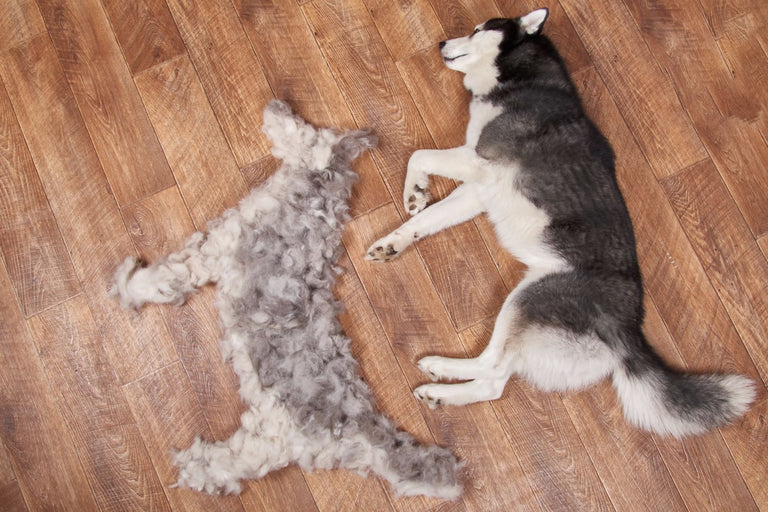























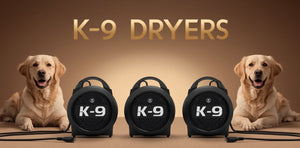
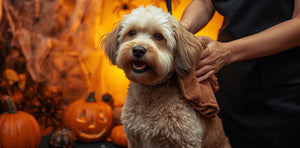
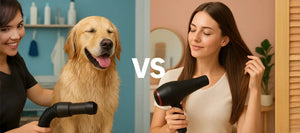
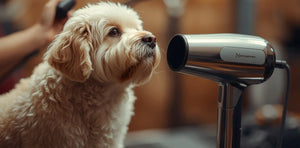
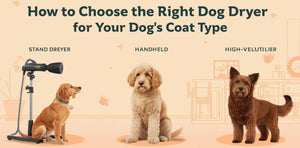

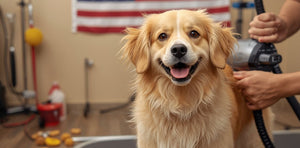
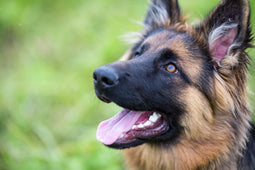
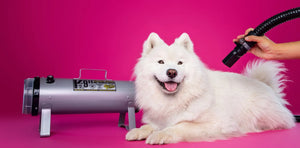

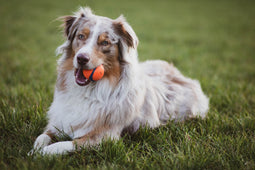
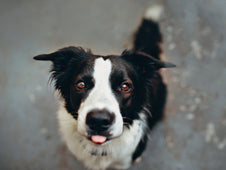
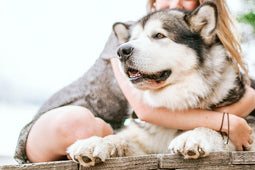
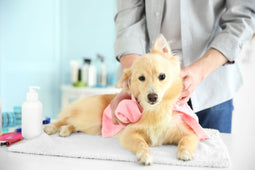
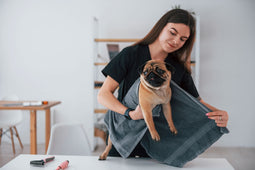

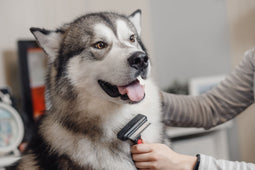
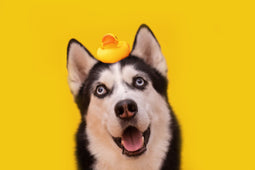

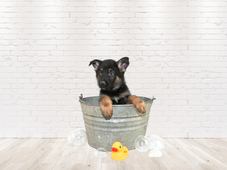
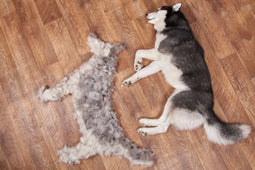
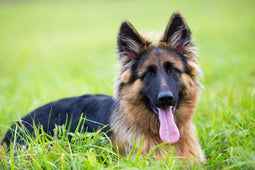

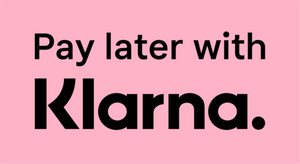
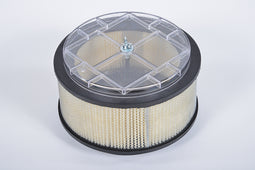
 Professional Single or Dual Motor
Professional Single or Dual Motor

Our Husky 2 1/2 years old normally sleeps from 8pm until 6am. Recently he’s getting up early around 3ish, drinks a bunch and wants to go outside. Could this be heat and or shedding issues? Thx. Butch
more of a question than a comment am new to the husky world and am really fond of my new family member i want him comfortable as well as myself he sheds excessively and need to know a good food for him as well as get dr to visit